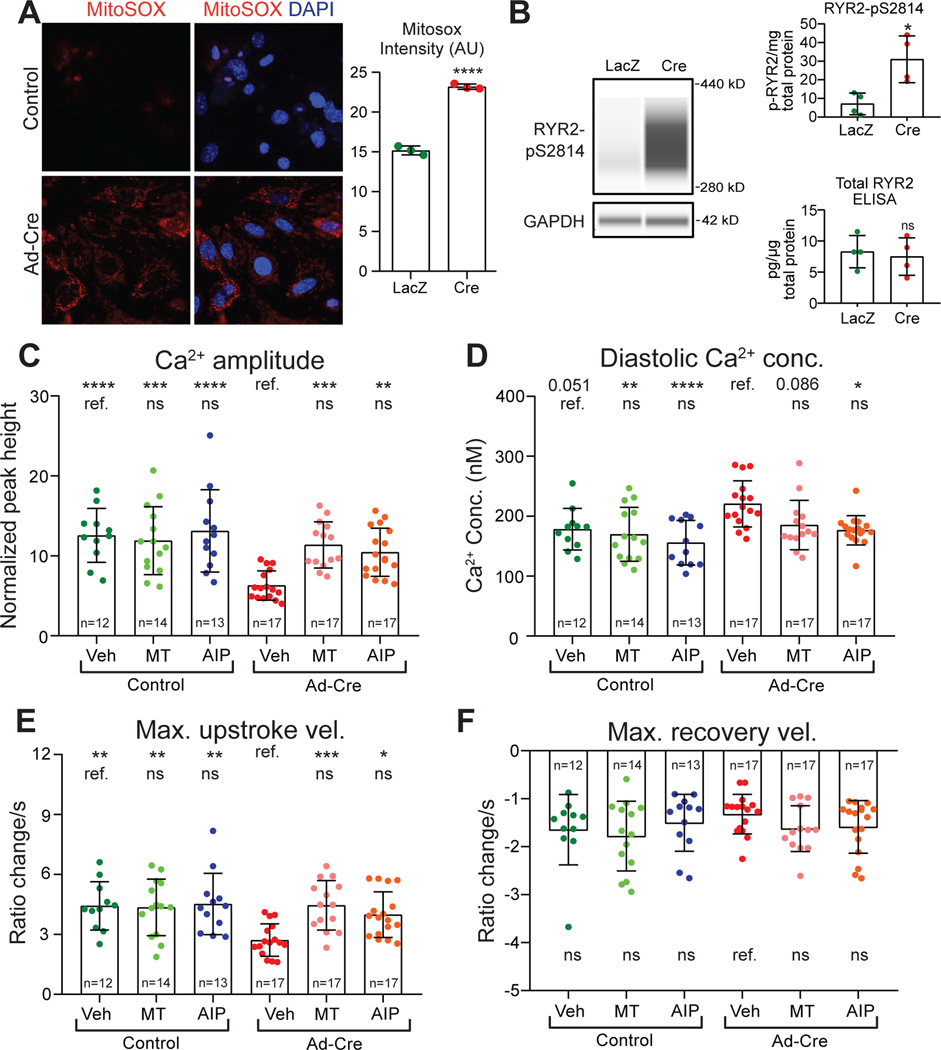Figure 6. Abnormal Ca2+ handling in Taz KO neonatal mouse ventricular cardiomyocytes.
A. Mitochondrial ROS levels in control and Taz-ablated neonatal mouse ventricular cardiomyocytes. Cultured Tazfl/fl neonatal mouse ventricular cardiomyocytes were treated with Ad-Cre or Ad-LacZ. 3 days later they were stained with MitoSox and DAPI. Left, representative image. Right, quantitative analysis of the mean fluorescence intensity of three randomly acquired fields per group. Two-tailed t-test. B. RYR2-S2814 phosphorylation in Taz mutant or control NMVMs. Left, representative virtual capillary western image. Top right, quantification of capillary western measurement of RYR2-pS2814. Bottom right, ELISA quantification of total RYR2 level. Two-tailed t-test. C-F. Effect of ROS scavenger (MT) or CaMKII inhibition (AIP) on Ca2+ transients in Taz KO and control NMVMs. Fura-2 loaded NMVMs were electrically paced at 1 Hz and analyzed by ratiometric Ca2+ imaging. Only Ca2+ transient amplitude fit a normal distribution and was analyzed by ANOVA with Dunnett’s multiple comparison test, whereas the remaining parameters were analyzed by Kruskal-Wallis with Dunn’s multiple comparison test. Comparisons were to either mock-treated Taz KO or mock-treated WT, as indicated by the labelled reference (ref.) group in each row. * P<0.05, ** P<0.01, *** P<0.001, **** P<0.0001. ns, not significant.

